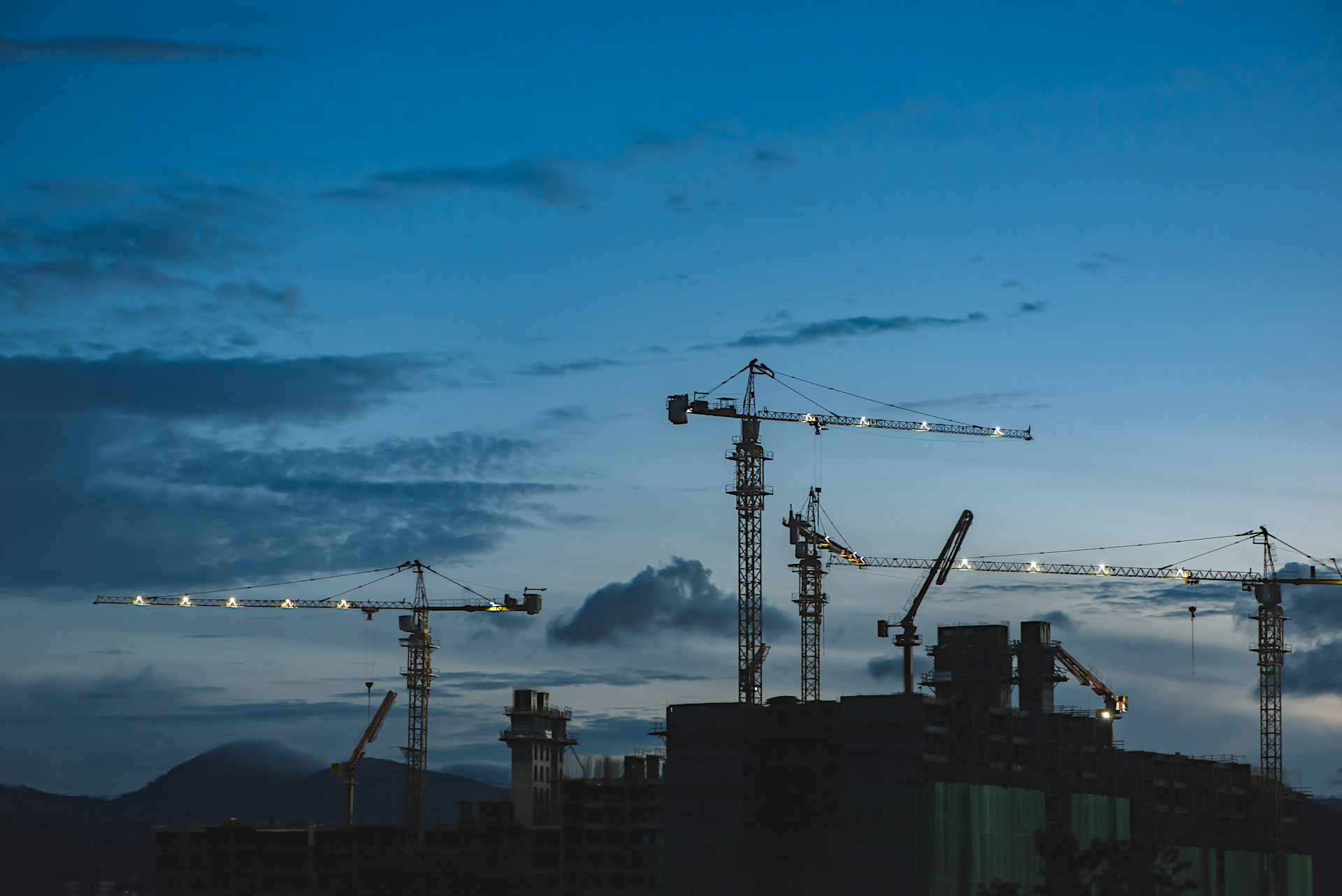Strategy for Sustainable Construction
Every year sees the construction of a large number of buildings and structures – for example, roads and bridges – and even more are refurbished and reconditioned.
Their construction, operation, and maintenance consume huge amounts of energy and resources.
The primary target of this strategy for sustainable construction is to minimize the impact of construction on the environment.
The National Strategy for Sustainable Construction supports the measure aimed at achieving the 70% target.
Emissions from heating and energy consumption in buildings are attributed to the energy sector, while the production and transport of building materials are attributed to the industrial and transport sectors.
Accordingly, less energy consumption and increased use of climate-friendly building materials will contribute to reductions in other sectors and abroad.
Similarly, there are a number of interfaces between the National Strategy for Sustainable Construction and other elements of the climate action plan, and the initiatives have been devised so that the sectors can support each other in the process of green transition.
For example, the Strategy has interfaces with other sectors in the fields of energy and industry, waste, and circular economy.
The 2020 Green Housing Agreement marks the launch of comprehensive refurbishment measures in the council housing sector.
The aim of the measures is to raise the level of council housing stock in terms of maintenance.
Another priority in the National Strategy for Sustainable Construction is the streamlining of energy in many of the 453 approved refurbishment projects that will be realized during the next few years. 72,000 homes are now being refurbished.
In addition, the Government suspended the municipal and regional construction limits in 2020 and extraordinarily raised them in 2021.
Meanwhile, the 2021 Budget increased the building pool and the other pools for phasing out oil and gas boilers, establishing a new subsidy pool in 2021 and 2022, which is targeted at energy renovations in regional and municipal buildings.
The Strategy is thus part of a larger endeavour initiated by the Government and a majority of the parliamentary parties.
The green transition must be implemented together with the sectors in a way that supports jobs, welfare, exports, and competitiveness.
Consequently, the work of the business community and the Government on the climate goals is spurred by ambitions to lead in a green manner and to take advantage of the opportunity to create the green products and solutions of tomorrow.

A sustainable restructuring of the building and construction sector also entails a social and economic dimension that is inextricably linked to climate and environmental considerations.
We spend approximately 90% of the hours of the day indoors, and the built environment provides our physical setting in the shape of homes, workplaces, urban spaces, and roads.
So, the quality of buildings is vital for well-being, health, and quality of life.
Construction must also be affordable, and every effort must be made to streamline construction processes and increase the overall productivity of the building and construction sector.
In this context, digitization, for example, can help reduce costs: a reduction that can cover the potential additional costs of investing and implementing new, sustainable solutions.
However, the balance between cost and quality must apply to the entire life cycle of a building – from construction, use, operation, and rebuilding or refurbishment to possible demolition.
That is why we must think long-term and holistically if the numerous simultaneous considerations and processes in strategy for sustainable construction are to work together.
Accordingly, the vision of the National Strategy for Sustainable Construction is to pave the way for better buildings, which incorporate the three dimensions of sustainability: environmental, social, and financial.
Also read: Sustainable Construction Standards in USA

